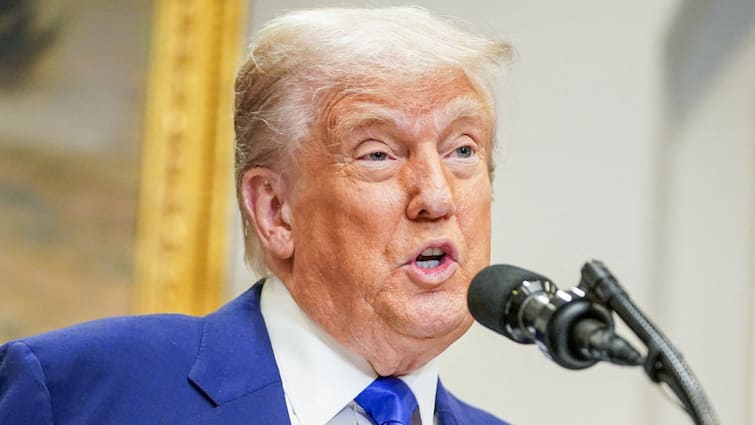Last Updated:
What next for Nepal Prime Minister KP Sharma Oli’s government? Will his government fall? What do the numbers say? Why did the protests start? All questions answered

Nepal PM KP Sharma Oli said his government was “not negative toward the demands raised by the Gen Z generation”. (PTI)
Fresh anti-government protests, led by students, broke out in several parts of Nepal on Tuesday, defying curbs on public gatherings, as demonstrators demanded resignation of Prime Minister KP Sharma Oli.
What next for Nepal Prime Minister KP Sharma Oli’s government? Will his government fall? What do the numbers say? Why did the protests start? All questions answered.
Recommended Stories
Why is Nepal protesting? What was the trigger?
Anger against the government for what many view as rampant, decades-long corruption in Nepal was already simmering, and it spilled into the streets of the capital last week after the government blocked social media platforms including Facebook, Instagram, WhatsApp, YouTube and X, in a move that was widely criticized by rights groups.
Violent protests by youths against the social media sites ban rocked Nepal on Monday, with police’s use of force leaving at least 19 people dead and over 300 others injured. The latest protests, which are led by people ages 13 to 28, known as Generation Z, are Nepal’s worst unrest in decades and threaten to destabilise yet another government.
Meanwhile, a viral online movement against “Nepo Kids” — politicians’ children showing off their lavish lifestyles — is fuelling further anger by highlighting the disparities between those in power and regular Nepalis.
What happened on Monday and Tuesday?
On Monday, the Nepali Army was deployed in the capital after the situation deteriorated. The army personnel took control of the roads surrounding the parliament complex in New Baneshwor.
On Tuesday, anti-government demonstrations were reported from Kalanki and Baneshwor in Kathmandu, as well as the Chapagaun-Thecho area of Lalitpur district. Protesters, mostly students, chanted slogans such as “Don’t kill students”, defying the restrictions on public gatherings.
The agitating youths also pelted stones at the residence of Communication Minister Prithvi Subba Gurung in Sunakothi at Lalitpur district, eye witnesses said. Gurung had ordered ban on the social media sites. The protesters vandalised the residence of former prime minister Pushpa Kamal Dahal ‘Prachanda’ at Khumaltar in Lalitpur. They also demonstrated in front of former PM Sher Bahadur Deuba’s house at Budhanilkantha in Kathmandu.
Authorities have enforced curfews across Kathmandu, Lalitpur and Bhaktapur districts.
How many seats does the House have?
75
What is the majority mark?
138
What are the key parties in the government?
CPN UML: 78
Nepali Congress: 89
Maoist Centre: 32
Smaller allies JSP others: 10+
What have been the political repercussions so far?
Home Minister Ramesh Lekhak and Agriculture Minister Ramnath Adhikari have resigned.
What is the risk for Oli government?
The Shekhar Koirala faction and Maoist Centre are threatening to quit the coalition.
What has Oli said?
Oli said his government was “not negative toward the demands raised by the Gen Z generation” and said he was “deeply saddened” by the incidents on Monday. In a statement, he blamed “infiltration by various vested interest groups” for the violence, without elaborating on who the groups were.
What is the mood on ground?
Not just students, on Tuesday, Nepal’s biggest-selling newspaper called for Oli to step down, its editorial board arguing he “cannot sit in the PM’s chair for a minute longer” after Monday’s bloodshed.
With PTI, Reuters Inputs
About the Author

Amit Shukla, Executive Editor at CNN-News18, heads the Input Desk, overseeing news gathering, editorial planning, and news coordination.
Amit Shukla, Executive Editor at CNN-News18, heads the Input Desk, overseeing news gathering, editorial planning, and news coordination.
September 09, 2025, 12:40 IST
Loading comments…
Read More




